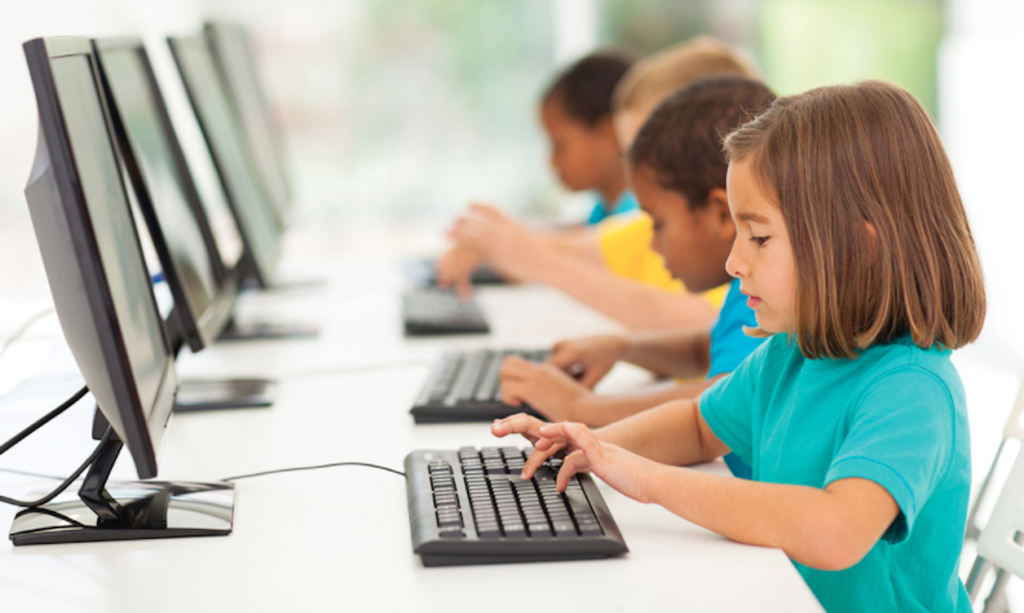There are many ways to enjoy the impacts of innovative technologies on different aspects of our lives, including those in education. Learning has never been as fun, inspiring, personalized, and accessible as now, and the implementation of these new technologies is a major reason for this.
What are the latest technologies that are enriching the learning experiences of today’s students, especially in this new reality of remote learning?
Virtual Classrooms and Cloud Technology
Online learning is becoming a powerful alternative to the ordinary ways of studying in a classroom. Virtual classrooms offer great combinations of tools and features for teachers and students to create a stimulating learning environment. The online whiteboard is one of the most widely used tools in virtual learning spaces because of its simple interface and its abundance of features for collaboration, interaction, visual learning, ability to explain difficult concepts, and much more.
Modern trends in education are focused on creating a more personalized and adaptive learning experience for students. The online whiteboard is the perfect space for expressing ideas and exploring new ways of learning through more visual stimulation, doodling, presentations, problem solving, etc. Group activities in the virtual classroom encourage students to develop their collaborative skills by working together on the online whiteboard and sharing ideas and knowledge.
What’s the role of cloud technology in education today? The simple answer is that it simplifies storing and accessing information and data. Students use various devices for online studying. Thanks to cloud technology, it is easier than ever to access the learning materials and lessons, to send homework and complete assignments, to share information, to store projects in progress from the online whiteboard, etc.
Artificial Intelligence (AI)
The rapid development of AI is creating a lot of opportunities in education for a more personalized and adaptive learning experience for students. Modern software has the ability to study and analyze student performance, interests, learning patterns, etc. in order to help deliver the most relevant type of content and experience to every student. One of the main advantages of implementing AI in education is the automation in grading, feedback, and assessments.
Virtual Reality (VR) and Augmented Reality (AR)
The immersive experience in education is becoming one of the most powerful techniques to create a rewarding learning process in almost every subject and discipline. Modern VR and AR technologies are taking education to the next level, providing opportunities for immersive virtual field trips for students without the need to leave their homes. Thanks to innovative technologies, teachers can present difficult concepts in an easy-to-understand way. Students have the chance to observe and experience different environments and activities such as ancient historical places, lab experiments, surgeries, and much more.
Mobile Technology and Apps
Mobile devices play a major role in education today, especially in the current situation of forced distance learning. Modern virtual classrooms are accessible through mobile devices, which are creating spaces for students and teachers to connect and work on the online whiteboard just like in ordinary classrooms.
The implementation of app-based learning is providing students with easy access to resources and learning materials. This abundance of apps includes games, interactive exercises, creative activities, and much more. Teachers can easily enrich their lessons with educational and fun games through apps during live sessions, as well as use the asynchronous method of teaching to give assignments and homework to students to learn at their own pace after class.

